The limit of compounding
How Often Should You Get Paid?
The Math Behind Compounding and Dividend Frequency
Compounding is one of the most powerful ideas in investing. The longer you reinvest your returns, the faster your wealth grows.
📢 Announcement: We're on WhatsApp – Join Us There!
But there’s another ingredient that quietly boosts your results. It’s how often you get paid.
Whether it’s once a year, twice a year, every quarter, or even daily, the frequency of dividend payouts can affect your total returns.
Let’s explore how much of a difference it makes.
Does Frequency Really Matter?
Most people assume that getting paid earlier helps. And it does. If you receive your dividend sooner, you can reinvest it sooner. That reinvested money earns its own returns, and your wealth grows faster.
This idea is intuitive. But how much of an impact does it really make? Can you use frequency alone to grow your portfolio faster?
To answer that, we need some simple math.
Real Dividend Schedules on PSX
On the Pakistan Stock Exchange, dividend frequency varies from company to company.
SYS pays dividends once a year.
POL pays twice a year.
EFERT and FFC pay every quarter.
Some funds like JSIDDF go further and pay every day.
This gives us a good range to test how frequency affects compounding.
Setting Up a Simple Scenario
Let’s imagine five stocks. Each is priced at Rs. 100 and pays a total of Rs. 100 in dividends over the year.
We assume the stock price stays flat. This helps isolate the effect of payout frequency.
Now let’s walk through what happens with different payment schedules.
Yearly Dividend
You invest Rs. 100.
At the end of the year, you receive Rs. 100 in dividends.
Your total value is Rs. 200.
This is the baseline. No reinvestment happens during the year.
Semi-Annual Dividend
Now you get Rs. 50 after six months. You reinvest it.
That reinvestment earns a dividend of Rs. 25 in the second half of the year.
By year-end, you have Rs. 225.
That’s a 12.5 percent improvement over the yearly payout.
Quarterly Dividend
Dividends come in four installments of Rs. 25 each.
Each time you reinvest, that amount starts earning its own returns.
By year-end, your total value is around Rs. 244.
This is 8.4 percent better than semi-annual, and 22 percent better than yearly.
Monthly Dividend
Now you receive dividends every month and reinvest each one right away.
Your year-end value reaches about Rs. 261.
The gains are still improving, but the jump from quarterly to monthly is smaller.
Daily Dividend
Daily payouts give you even more chances to reinvest.
By the end of the year, your investment grows to Rs. 271.
Better than monthly, but again the improvement is smaller than previous jumps.
What If You’re Paid Every Second?
Let’s take it to the extreme. What if dividends were paid every second, every millisecond, every nanosecond?
Mathematically, there is a ceiling.
Even with continuous reinvestment, your final value can never exceed Rs. 271.8.
That is the absolute limit.
Where Does This Number Come From?
Rs. 271.8 is 2.718 times your original Rs. 100.
It is not a coincidence.
This number comes from the mathematical constant e, which appears in all calculations of continuous growth and compounding.
If you reinvest continuously for a full year with 100 percent return, you will reach exactly 2.718 times your original amount.
This is known as the ceiling of compounding.
Why Investors Should Care
The takeaway is simple.
Yes, frequency matters. Getting paid more often helps you reinvest faster, which improves compounding.
Quarterly is better than yearly. Monthly is better than quarterly. Daily is even better.
But the more you increase the frequency, the smaller the additional gains become.
At some point, chasing faster payouts stops making a practical difference. You hit the ceiling.
That ceiling is defined by the constant e.
Final Thoughts
Compounding is powerful. It rewards consistency and patience.
Getting your dividends more frequently helps. But only to a point. Once you go beyond monthly or daily payouts, the gains become too small to notice.
What matters more than frequency is what you do with those payouts.
Reinvest them. Stay consistent. Give time for your capital to grow.
Even compounding has a speed limit. And that limit is e.
⚠️ This post reflects the author’s personal opinion and is for informational purposes only. It does not constitute financial advice. Investing involves risk and should be done independently. Read full disclaimer →






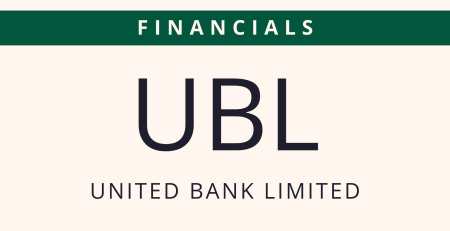
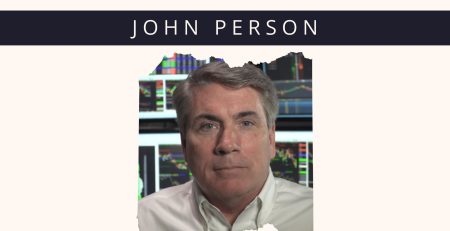
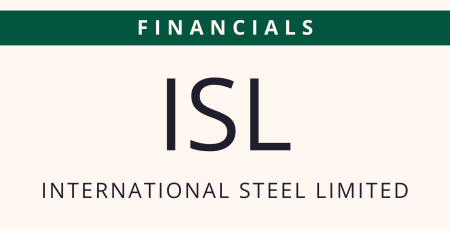

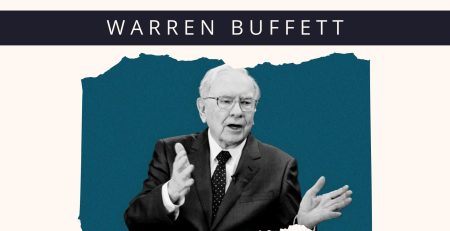
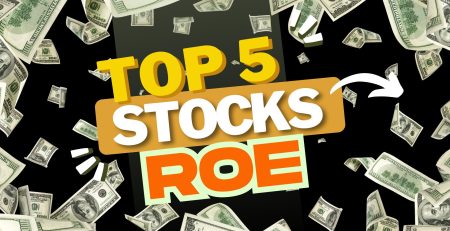
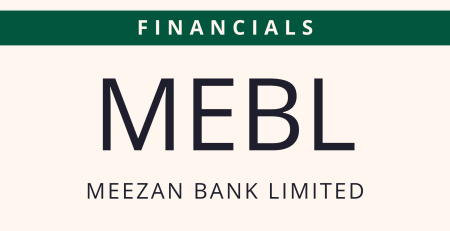
Leave a Reply